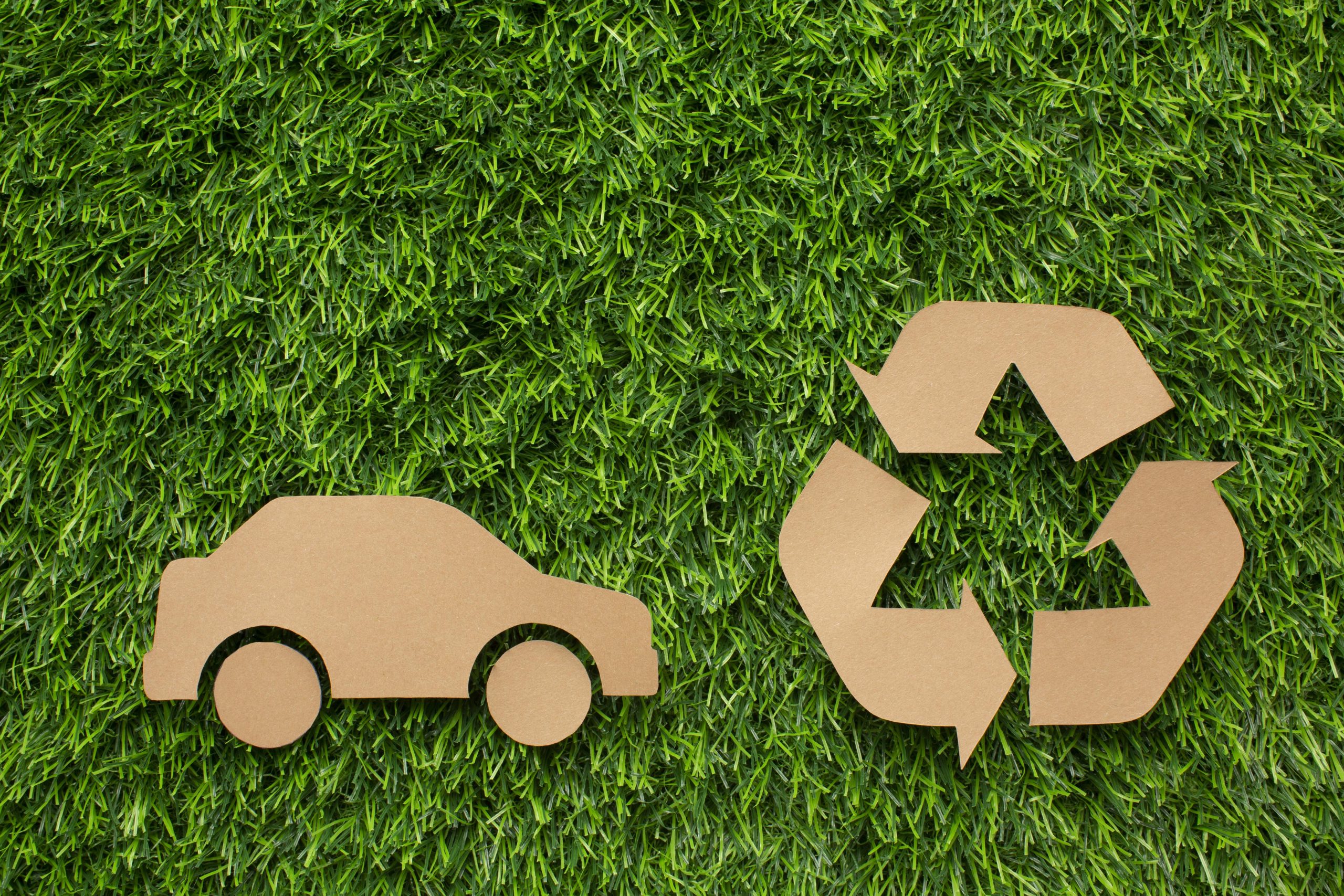When it comes to dealing with End-of-Life Vehicles (ELVs), the recycling process is a broad, intricate, and crucial aspect that often goes without proper recognition. You might ask yourself, What exactly is the Complete Process of Recycling End-of-Life Vehicles? Well, let’s dive right into it!
The Decontamination Phase
The first step in the ELV recycling process is decontamination. This phase involves removing all the hazardous materials from the vehicle. These harmful substances include battery acid, engine oil, coolant, brake fluid, and more. By getting rid of these toxic elements, we ensure the next recycling steps can proceed safely and cleanly.
Dismantling and Sorting
Once the vehicle is decontaminated, it’s time to take it apart. Dismantling the vehicle involves separating reusable parts, such as engines, gearboxes, and electronic components. The rest of the car, comprising mostly metal, is shredded into smaller pieces.
Following the dismantling, sorting comes into play. This is a vital step where shredded materials are sorted into ferrous and non-ferrous metals. The sorted materials are then prepared for the next phase, the actual recycling.
Recycling and Recovery
Recycling is the heart of the ELV process. The sorted metals are recycled into new products, reducing the need for new raw materials. The non-metal parts, such as plastics and glass, are also recycled as much as possible. The recovery part of this process refers to retrieving valuable substances like palladium, platinum, and rhodium from catalytic converters.
Residual Waste Management
No matter how efficient the recycling process is, there will always be some residual waste. This waste is managed according to local regulations, often involving safe disposal in landfills or incineration.
The Importance of Recycling ELVs
Recycling End-of-Life Vehicles is not just about disposing of old cars. It’s about making the best use of resources, reducing environmental impact, and contributing to a sustainable future. It’s about recognizing the value in what we often view as waste and transforming it into something useful once again.
FAQs
- What is an End-of-Life Vehicle (ELV)?
An ELV is a vehicle that is no longer usable for its intended purpose. This can be due to age, damage, or any other reason that makes it unfit for use on the roads.
- What happens to the parts that are not recyclable?
Parts of the vehicle that cannot be recycled are treated as residual waste. They are disposed of in a way that adheres to local environmental regulations, often involving safe disposal in landfills or incineration.
- What percentage of a vehicle is recyclable?
With modern technologies, up to 95% of a vehicle can be recycled. This includes metal parts, tires, batteries, glass, plastics, and various other components.
So there you have it, the Complete Process of Recycling End-of-Life Vehicles. It’s a fascinating, complex process that turns our old, unusable vehicles into valuable resources. It’s a testament to human ingenuity and our constant strive towards a sustainable future. And remember, every vehicle deserves a proper send-off, so let’s ensure they get it!

